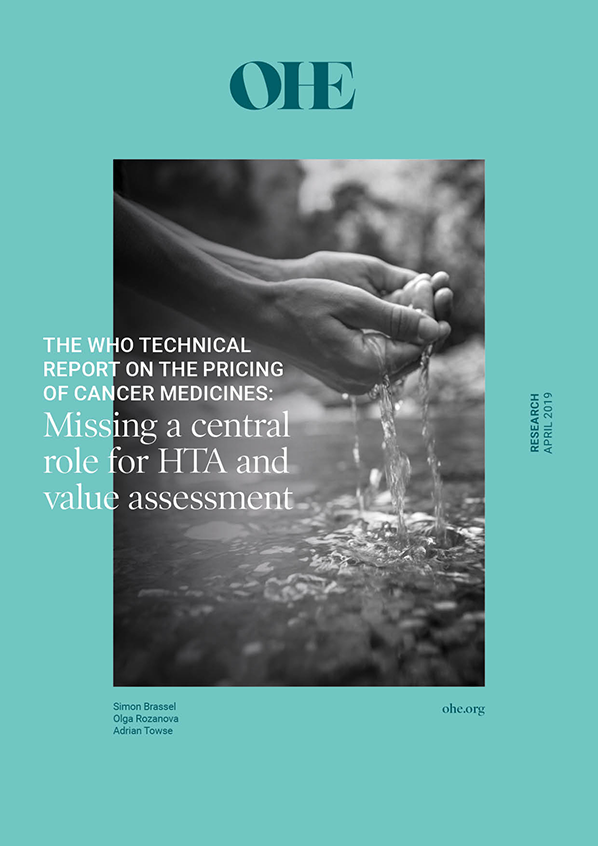Sign up to our newsletter Subscribe
Data Governance Arrangements for Real-World Evidence in Japan

Sign up to our newsletter Subscribe



The model reported in this publication aims at valid comparisons across providers, despite variations in patient populations.
A number of arguments support the attractive notion of using actual health outcomes, as reported by patients themselves, as a core criterion in decisions about allocating health care resources
A number of arguments support the attractive notion of using actual health outcomes, as reported by patients themselves, as a core criterion in decisions about allocating health care resources. In a recent article[1], OHE’s Nancy Devlin collaborated with David Nuttall (Department of Health) and David Parkin (King’s College London) to examine the challenges inherent in using patient-reported outcome measures (PROMs) in comparisons of health care providers. They note that such information is potentially useful in a variety of activities such as “clinical audit, performance management, informing patient choice, monitoring productivity and assessing value for money”. Ensuring that such comparisons are valid, then, is essential.
Since April 2009, the NHS has been collecting patient-reported outcomes when it pays for four elective procedures: elective hip or knee replacements, groin hernia and varicose vein repairs. “A key objective of the DH PROMs initiative,” the authors note, “was to provide comparative data on the relative quality of alternative providers, in part to inform patient choice of provider.” Clearly, data will be genuinely comparable only when the mix of cases for each provider is considered — for example, in terms of severity of condition or comorbidities — because these may affect the measured outcomes that a provider can achieve.
In this article, the authors develop a method of adjusting for case mix that is intended to distinguish when variations in PROMs are the result of variations in the characteristics of patients, rather than variations in treatment success. NHS data for knee replacements are used as an example. The purpose of the case-mix adjustment model reported in this paper is not to explain why differences across providers exist, but to allow valid comparisons among them. This model currently forms the basis for the approach applied by the Department of Health in its use of patient-reported outcome data to assess the performance of hospitals in improving patients’ health.
For additional information, contact Nancy Devlin.
[1]Nuttall, D., Parkin, D. and Devlin, N. (2013) Inter-provider comparisons of patient-reported outcomes: Developing an adjustment to account for differences in patient case mix. Health Economics. Early view. DOI: 10.1002/hec.2999
An error has occurred, please try again later.